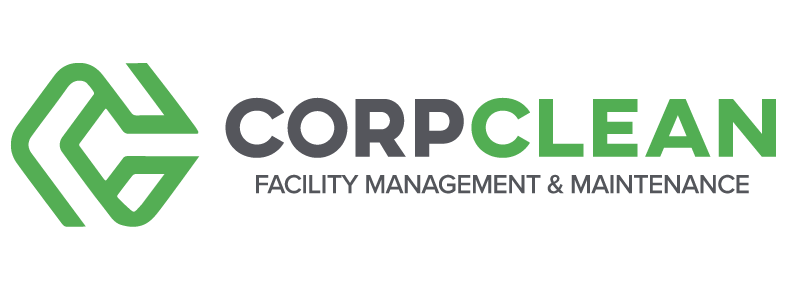Shine a Light on Winter Blues
Winter’s cold, dark days can leave us feeling glum and unproductive. Here are some ways to make your facility a cheerier wintertime place.
The chill of winter is almost here, and the vibrant colors of the last few weeks are exchanged for numerous shades of gray. While many of us struggle with shorter days, cold temperatures, and lack of color, about 5 percent of people find themselves grappling with another unwelcome guest: seasonal affective disorder (SAD).
Considered to be a seasonal form of depression, seasonal affective disorder typically manifests during the later parts of the Fall and Winter months, when sunlight starts to become scarce. Shorter daylight hours combined with less overall sunlight lead sufferers to both an imbalance of chemicals in the brain as well as a shift in their biological clock or circadian rhythm that can cause people to be out of tune with their daily schedules. While affecting only 5 percent of people seems low, it’s important to note that SAD is more common in people living far from the equator and can last around 40 percent of the year, making our area a good candidate for the disorder.
So, how does facility management play into all of this? Broadly speaking, a facility management team aims to ensure that a facility operates efficiently, safely, and in ways that support the well-being and productivity of its occupants. Below, we’ll explore effective strategies to combat the effects of SAD, as well as provide tips for keeping productivity and morale high during the least productive months of the year.
Increase natural light. During the darker winter months, it’s no surprise that the first defense against the winter blues is through increased natural light. Consider keeping the curtains open, ensuring occupied areas are well-lit, and replacing old bulbs with LED bulbs that provide a light spectrum similar to sunlight. In addition, allow employees to bring in a “lightbox” for their desks. Sitting in front of a 10,000 Lux or brighter lightbox for at least 30 minutes in the morning can increase serotonin and endorphins, decreasing brain fog and fatigue throughout the day. Recent studies show light therapy improved symptoms of SAD in between 40 to 60 percent of people.
Add some color around the facility. This can be anything from adding some green plants around the office, hanging colorful pictures around the workplace, or even adding a fresh coat of paint to one of your walls.
Promote nutrition. A healthy and balanced diet is important for regulating our mood and energy levels. Keeping the break room stocked with healthy choices such as fruit, nuts, popcorn, coffee, and water can have a positive impact on employee well-being.
Encourage mobility on breaks and lunch. Engaging in physical activity during breaks benefits both physical and mental health and stimulates creativity and energy levels.
Declutter. Untidy environments often increase stress. If it has been a while, consider getting your facility cleaned by professionals. Not only can a thorough cleaning increase mood and focus, but it can also promote health and wellness for occupants inside the facility in a season when germs are rampant and doors and windows remain closed.
Gather employee feedback. No one knows your facility like your employees. Through them, a facility can identify problem areas, innovate solutions to those problems, and continue improving them over time.
Everyone’s experience with the winter season is unique, so it’s important to find a combination of strategies that work best for your facility. By incorporating some of the tips above, you can create a workspace that is both healthy and productive.
Shorter daylight hours and less overall sunlight can get people out of tune with their daily schedules.

